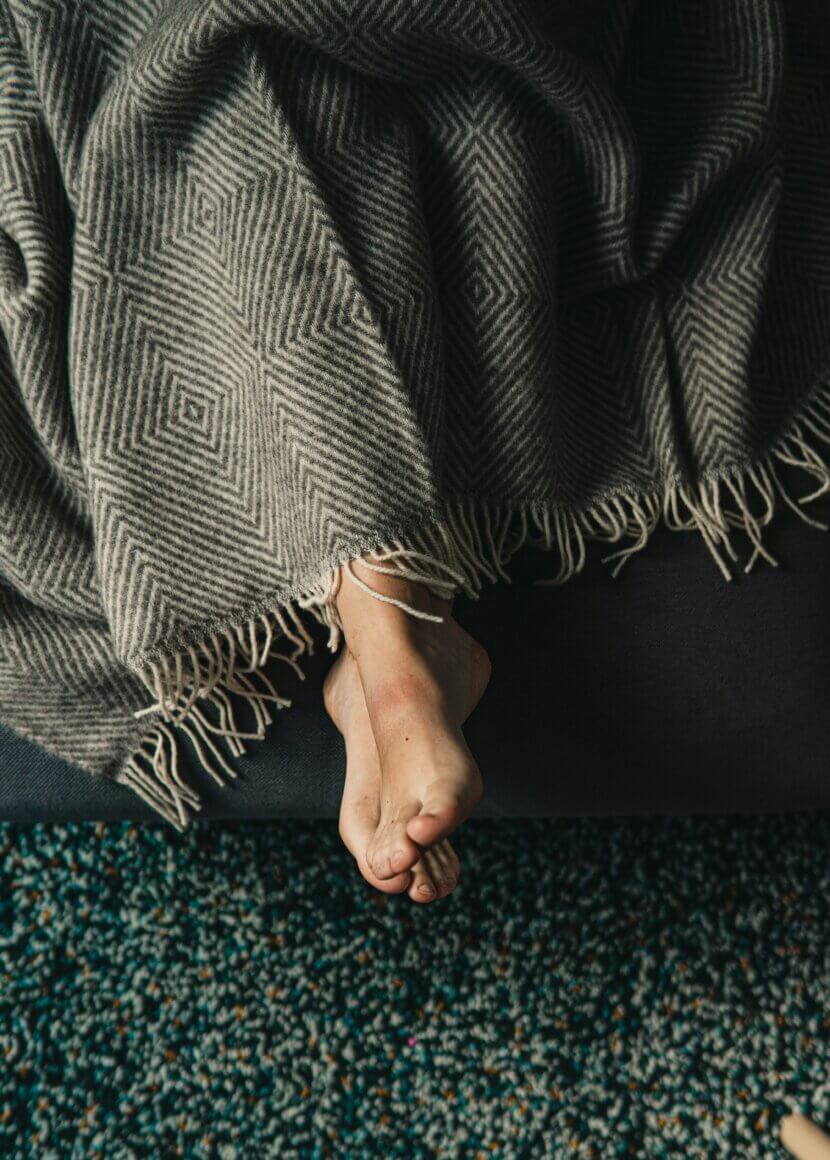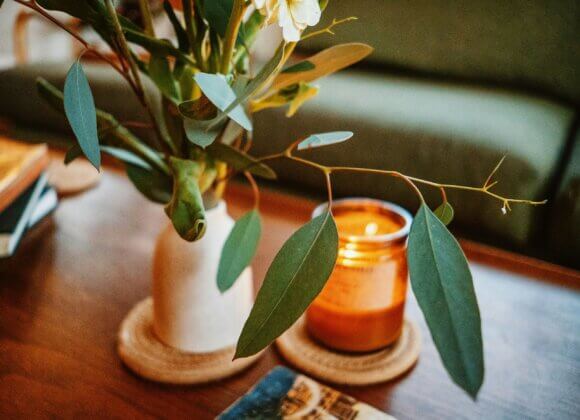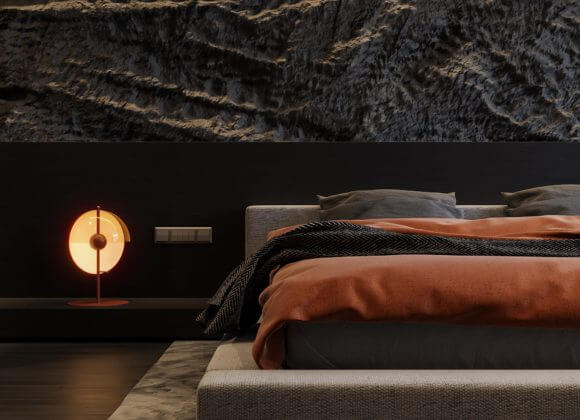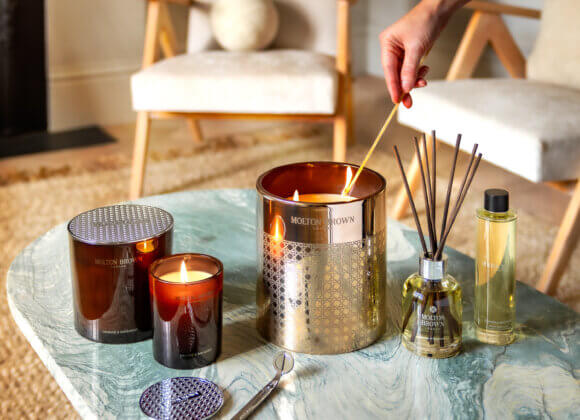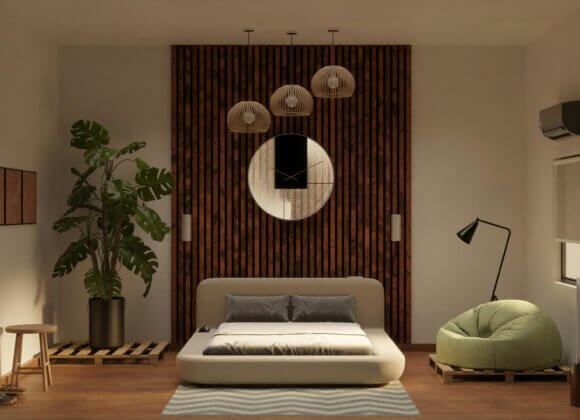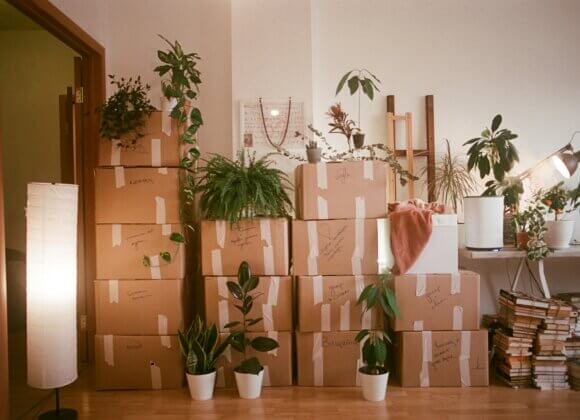How we feel better at home in the dark months – a plea for conscious living.
According to a study by the US Environmental Protection Agency (EPA ), people in industrialized countries spend around 87 to 90 percent of their time indoors, and even more in winter. So it’s no wonder that light, color and materials have a direct effect on our mood at this time of year. Interior designers talk about the “emotional climate” of a room: the interplay that determines whether we feel relaxed or restless. If you understand how these factors work, you can transform your home into a source of energy and security during the darker months of the year.
Playing with the light
Light is our invisible architect. It shapes rooms, changes moods and decides whether we feel safe or at the mercy of others. Right now, it’s better to have lots of small light sources than just one bright one. Warm-tone LEDs, floor lamps, dimmable spotlights or candles create depth and brilliance. If you follow the rule of thumb of “five light sources per room”, your home suddenly feels like a stage – softly lit, friendly and lively.
Colors that warm
Color has temperature. While cool tones create distance, warm colors create closeness. Shades such as rust, ochre, olive or deep petrol have a calming and enveloping effect. Even a new plaid, a carpet or colored curtains can work wonders. Color psychologists know: People who surround themselves with warm color accents perceive rooms as up to two degrees warmer – purely subjectively, of course, but definitely noticeable.
Textures that comfort
In the cold season, we long for a tactile feel. Smooth surfaces suddenly seem alien, while wool, velvet and wood provide warmth. A blanket on the sofa, coarsely woven cushions or a sheepskin on the floor transform rooms into places of retreat. It is the structure that conveys a sense of security – and unconsciously reminds us of natural comfort.

Rituals of arrival
When you come home in the evening, you don’t need much to re-ground yourself. A cup of tea, some music, dimming the lights, putting your cell phone away – small gestures, big impact. Rituals structure the darkness, they turn coming home into a conscious act. Psychologists recommend ending the day with a fixed evening ritual: it has been proven to reduce stress levels and promote well-being.
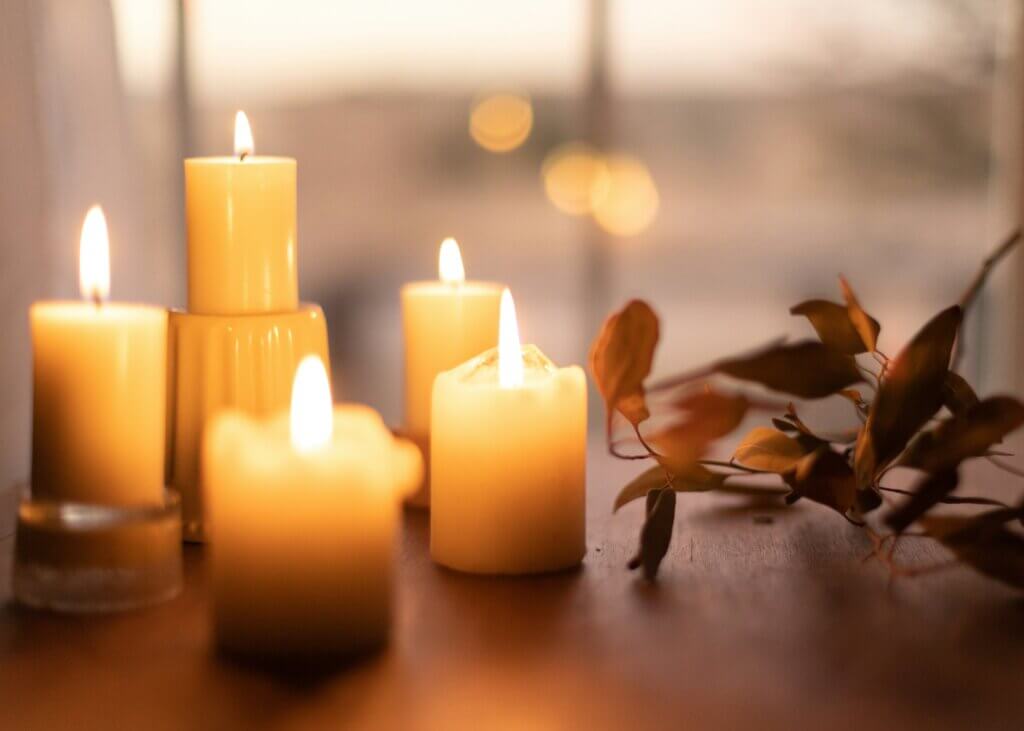
The scent of winter
Smells shape emotions more intensely than images. A hint of vanilla, cinnamon, sandalwood or orange can awaken whole memories. Winter fragrances create emotional warmth – best with natural scented oils or beeswax candles. Boiling herbs in water creates a fine, home-made room fragrance: rosemary and thyme have a stimulating effect, while lavender and honey have a calming effect.
The power of plants
Green is the color of life – especially when everything is quiet outside. Houseplants have been proven to improve air quality, filter pollutants and increase humidity. Bowhemp, ivy, ferns or indoor lime need little care and show a lot of gratitude.
In the end, well-being is not a luxury, but self-care. Light, color, scent, texture and silence – all of these combine to create a feeling of security.
Related posts:


